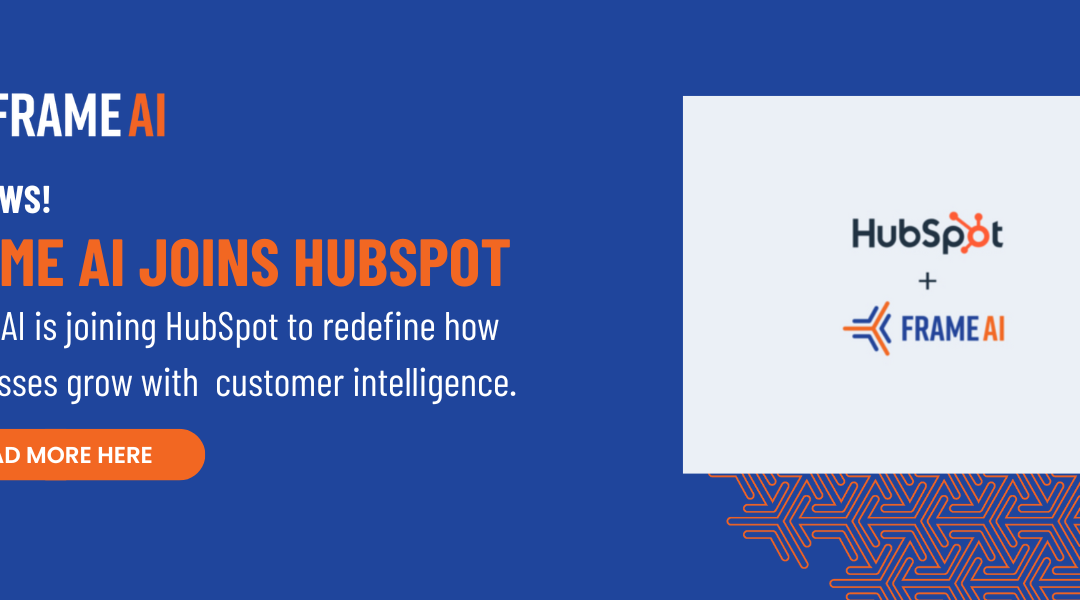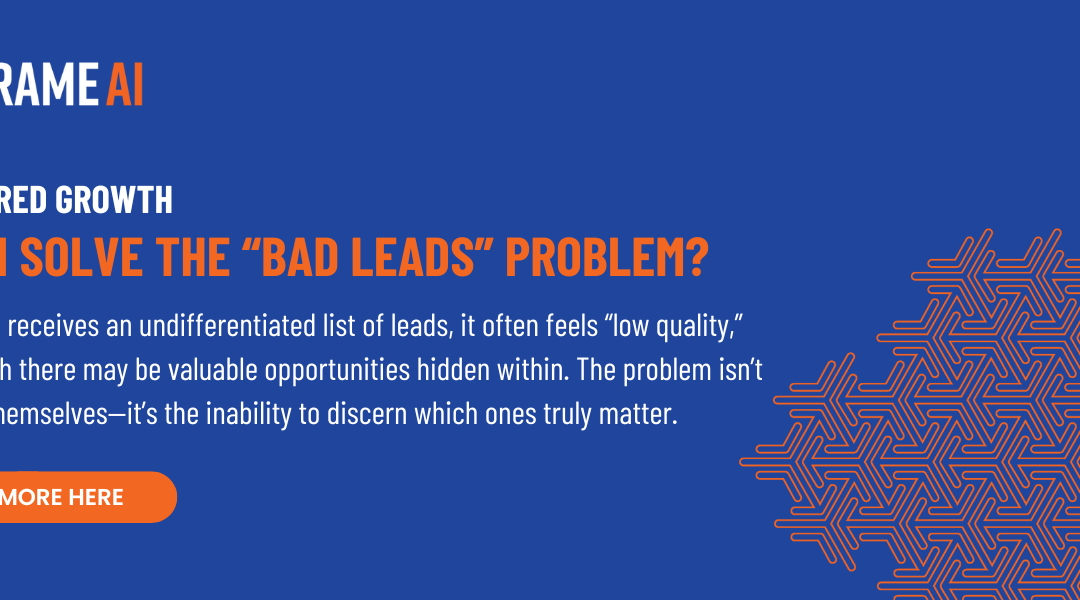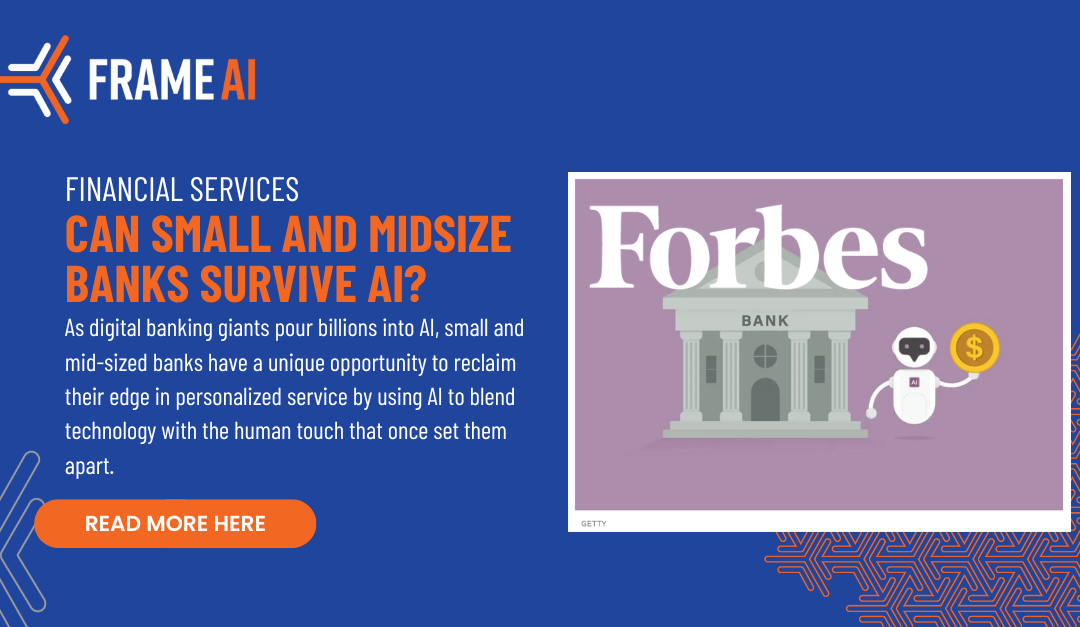What ML and NLP use cases are game-changers for customer engagement?
While many companies have already adopted AI in its most obvious form—chatbots and other labor-replacement tools— augmentation is the next level up in productivity for ML and NLP, i.e. customer engagement use cases which go beyond automation to empower teams with better access to data. The next tier up, and perhaps most exciting, is intelligent infrastructure, where AI connects disparate data streams across an organization to give unprecedented context and timeliness to all the systems that use customer data.
How do we measure the ROI on insights?
How should enterprises think about build vs. buy?




